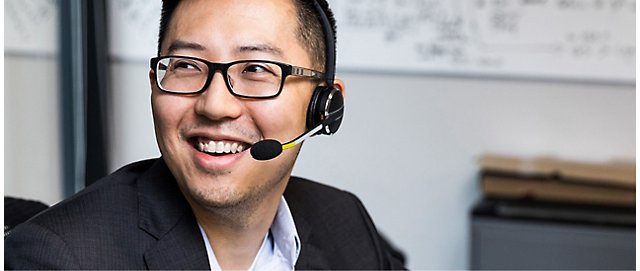Since its establishment in 1884, Mitsubishi Heavy Industries, Ltd. (MHI) has been providing a wide range of products and services in various fields - including energy, engineering, defense and space, and mechanical systems, as a “comprehensive infrastructure company that supports peoples’ lives through engineering and manufacturing”. Among these is the field known as the “Energy Domain,” where the company's gas turbines, boilers, and other power generation equipment, as well as operation and maintenance solutions, support the large-scale power generation facilities that are indispensable to our daily lives.
MHI has declared its intention to become carbon neutral by 2040. To achieve this target, MHI has announced Mission Net Zero as its doctrine for action. Mission Net Zero calls on MHI to promote “energy transition” by implementing measures such as striving to eliminate carbon from existing infrastructure, establishing a hydrogen ecosystem and achieving a CO2 ecosystem. MHI is also pursuing “smart infrastructure,” introducing infrastructure that supports smart logistical systems; low-carbon, energy-efficient data centers; and automated mobility.














Follow Microsoft